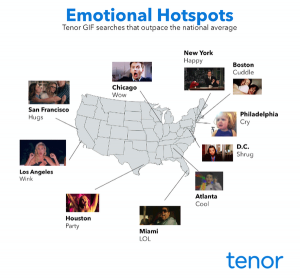Google’s Knowledge Graph created noise in the search community when it was rolled out on May 16, 2012. It has been more than two years that Knowledge Graph has been with us, and there are still very few SEOs who have been able to understand its significance.

What’s a Knowledge Graph?
Google wants to give the most accurate search results to users and Knowledge Graph is the most direct way. When you search for “famous actors,” pictures will appear at the top of the Knowledge Graph results.
On searching for “Tom Cruise,” a short biography, along with his pictures, movies, and awards won will appear on the right side of the search. Results on Knowledge Graph will vary as per the data or individuals you search for. Factors such as location and results from your Google+ account also influence the results provided by Knowledge Graph.
Let’s see how Knowledge Graph works:
Semantic search – It is the driving force behind Knowledge Graph’s understanding. There are several points such as synonyms, word variation, concept matching, IP location, search context, and natural language that are considered by Knowledge Graph.
Entity indexation and disambiguation – Through Knowledge Graph, Google is trying hard to catalog everything such as nouns, objects and several other entities. Entry Recognition & Disambiguation is the process of mapping.
User behavior – Knowledge Graph depends greatly upon the user behavior. For example, if you search for “what is knowledge graph,” the graphed SERP will come from Wikipedia and not Google.
How can you use Knowledge Graph to get more search traffic?
Use entity keywords for content marketing
Knowledge Graph is an entity recognition and disambiguation system, so you should think of your keywords as entities. It will recognize an entity, disambiguate it, and relate to millions of other entities in the database. If you do not use keywords, it will be difficult for Google to connect your website page to specific search queries.
Using schema markup
It is the quickest and most effective way to let Knowledge Graph show your results in graph box. The markup option is available for hundreds of entities on the website. Google may not feature Knowledge Graph data for every schema markup you have mentioned, but for some results it definitely will.
Optimizing for Google+ pages
Knowledge Graph draws most of its information from Google+, so if your Google+ page is optimized, it will have an advantage. You should share information related to your business’ hours of operation, location, menu etc. on Google+ and searchers will be able to see all these details on Knowledge Graph.
Customer reviews
Reviews are one of the most common results on Knowledge Graph. Google relies on the review text for creating graph displays in search as well as map search results. If you have clear, detailed reviews and plenty of information on them, they will provide the most helpful results.
Wikipedia
Wikipedia is the most obvious source of data on Knowledge Graph. Contribute to Wikipedia by sharing reliable, accurate, and helpful information.
At the end, remember that Knowledge Graph is less about tricks & quick wins and more about putting in trustworthy marketing efforts.
(294)
Report Post






